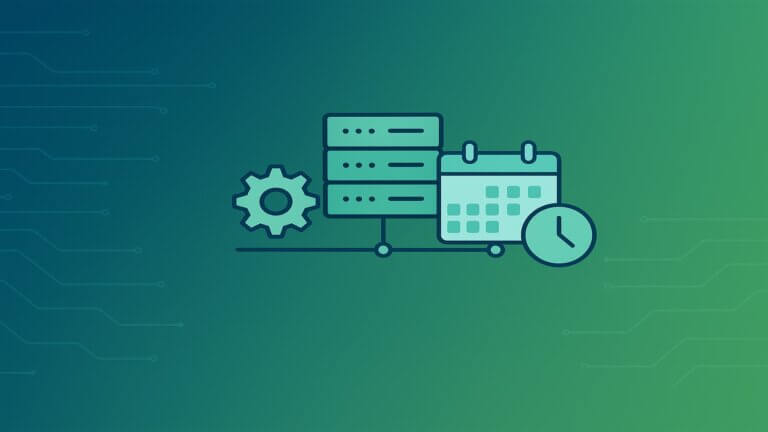Understanding your business’ unit economics, including the cost of specific features, products, and customers, is crucial to making informed decisions that can drive profitability. For SaaS companies, there are several key unit economic metrics to monitor in order to identify opportunities and plan for the future.
Metrics required for cloud cost analysis
The first important metric is cost per customer. Your customers use specific features within your software and the cloud cost of those features will go to customer cost. Obviously, another required metric is cost per feature. It shows how much each feature costs to your business.
Another metric is lifetime value (LTV), which shows how much value each customer creates for your company over time. LTV increases along with other positive metrics. Customer acquisition costs (CAC) helps you to find out your spending on gaining an additional client. High CAC at SaaS companies means they may have issues performing on the margin.
Churn rate illustrates how many users cancel or fail to renew their subscriptions within a defined period of time. Total revenue shows how much positive cash flow your business has been able to generate, and the number of customers and transactions can help you develop an effective scaling strategy.
Average customer lifetime (ACL) describes how long lasts the usage or subscription for your software. Another useful, universal metric is Gross profit. It illustrates the difference between your cost of sales and revenue. And if you need to examine LTV on the margin, Gross margin per customer lifespan (GML) will help you with it.
Calculating and measuring unit economics involves using formulas, making it easier to track your business’ performance over time and compare it to similar organizations. Some of the most useful formulas include calculating lifetime value, customer acquisition cost, churn rate, and average customer lifetime value.
It may look like SaaS unit economic metrics are simple to track, but that is not a common case for all of them. Metrics like cost per customer or cost per feature can be challenging at identifying and measuring. For example, AWS monthly bill shows you what you spent on the different services you use in your workload but has no context of how those cloud costs are distributed across business or units.
It may look like SaaS unit economic metrics are simple to track, but that is not a common case for all of them. Metrics like cost per customer or cost per feature can be challenging at identifying and measuring. For example, AWS monthly bill shows you what you spent on the different services you use in your workload but has no context of how those cloud costs are distributed across business or units.
Common challenges
Measuring unit cost can be a challenging task for businesses, especially those operating in complex industries. One difficulty lies in accurately allocating costs to specific products or services, as there may be shared expenses that are difficult to attribute to a particular unit. Additionally, there may be hidden cloud costs that are not immediately apparent but still impact the overall unit cost.
Another challenge is determining which costs to include in the calculation of unit cost. For example, some costs may be fixed and not vary with the volume of production, while others may be variable and change based on the quantity produced. It is important to identify and include all relevant costs to ensure an accurate calculation of unit cost.
Moreover, in industries that rely heavily on technology or software, there may be additional complexities in measuring unit cost. For example, determining the cost per feature or per customer may require access to detailed data on software usage and cloud services, which can be difficult to track and quantify accurately.
Summary
Despite the complexity of the approach and its challenges, it is important for businesses to measure and monitor unit cost to make informed decisions about pricing, production, and resource allocation. By utilizing tools and software that can assist with cloud cost analysis and tracking, businesses can more accurately measure unit cost and make data-driven decisions to improve their operations and profitability.
Our product called Cloud Avocado provides resource management and cost allocation tooling; it also includes customizable dashboards with units’ cost breakdowns, resource utilization data, and valuable insights about your cloud cost. Watch a product overview video below and let us know if you might need a demo for you or your customer.



